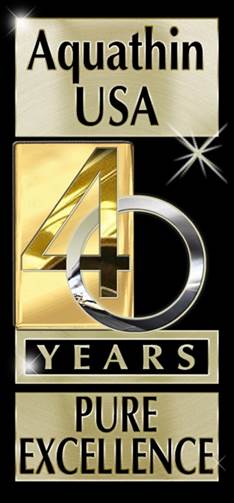Concern over Pesticide levels in European Foods.
More than four percent of the fruit, vegetables and cereals tested by European Union member countries in 1999 had pesticide residues higher than legal maximum residue levels, the European Commission's
Health and Consumer Protection Directorate announced on Friday. The report also applies to non-EU countries Norway and Iceland.
The results are a "cause for concern," the directorate said, but "do not indicate a health risk."
More pesticide residues were found on peppers that any other vegetable.
Unacceptably high residues were especially found in pears and peppers and testing targeted at these products may have increased the overall results.
As in 1998, fungicides were the most commonly detected type of pesticide.
The report's good news is a three percentage point rise in the proportion of samples containing no residues at all to 64 percent.
But there was also an increase compared with 1998 in the number of samples testing positive for multiple pesticides.
In addition to synthesizing the results of member countries' national monitoring programs, the Commission organizes a monitoring scheme each year
under which member states are required to test a small number of commodities using harmonized procedures.
Wheat was one of the commodities tested for pesticides.
In 1999, member states were required to test cauliflower, peppers, wheat grains and melons for the presence of 20 different pesticides.
The commodity where most often residues were detected and exceeded, and where the highest residues were found,was peppers.
Among the worst samples, were peppers with endosulfan residues exceeding the acute reference dose for young children by 81 percent.
Residues were found to exceed maximum residue levels in 8.7 percent of the samples. A further 22 percent had detectable residues at or below maximum residue levels.
FOR THE BEST TASTE IN LIFE
Think Aquathin...AquathinK!
Edited from Tech Bank 8/1/01


